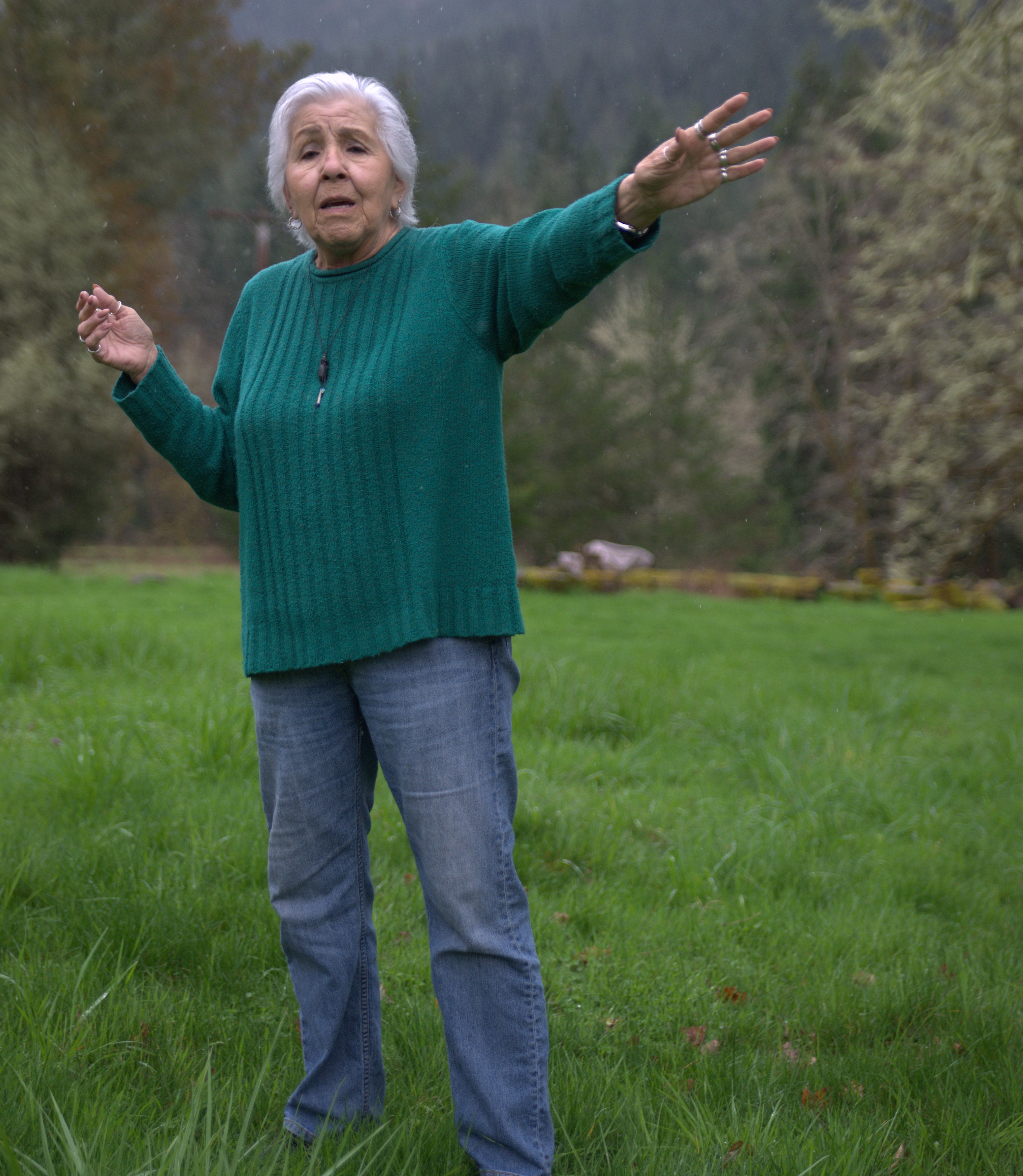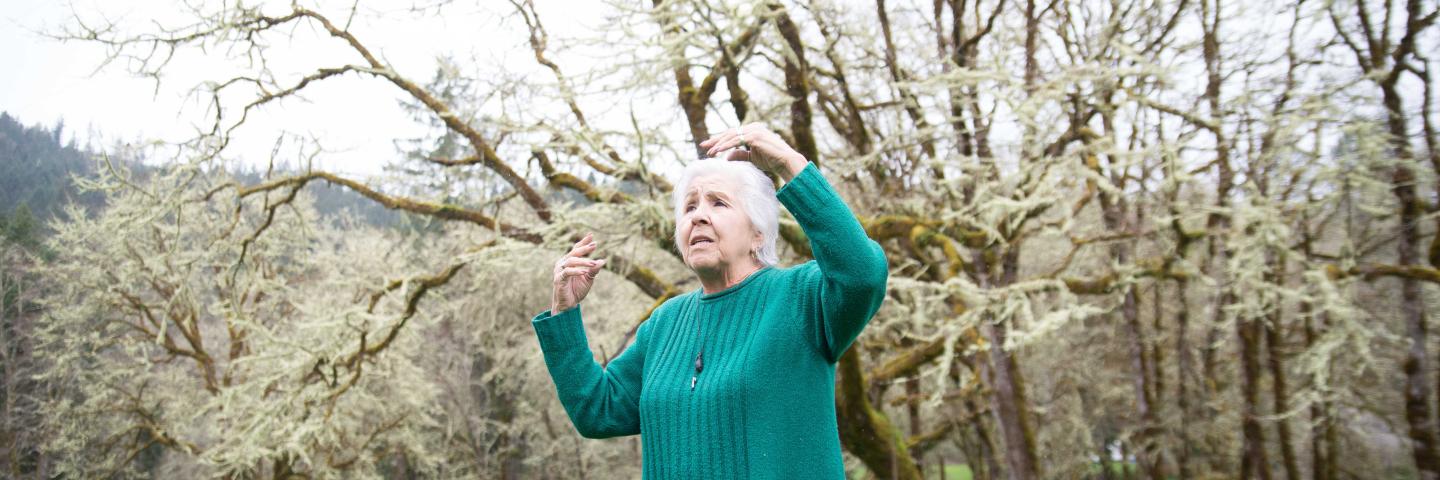 | Traditional skill/art/craft: Kalapuya and Coos Storytelling Years Awarded: 2012 Contact Information: Phone: (541)580-3810 Email: kalapuya@centurytel.net
|
ARTIST BIOGRAPHY
I am American Indian, Kalapuya and Coos, from tribal groups in Western Oregon and an enrolled member of the Confederated Tribes of Siletz. The focus of my study throughout my life has been Indian history and culture and especially storytelling.
I am a former classroom teacher, curriculum developer and program administrator for several Indian programs and projects. Currently, I work as a cultural consultant, artist-in-residence and lecturer for museums, libraries and universities.
My work with Indian Education Programs over the past thirty-nine years has led me to a deep belief in the cultural enhancement of American Indian Youth. It is because of this that I am also deeply involved in traditional youth camps, leadership programs and projects that offer Indian youth a positive self-image and the tools to become leaders and carriers of culture.
APPRENTICE BIOGRAPHY - Salista Williams 2012
Salista Williams is from the Kalapuya tribe and the granddaughter of Esther Stutzman and has listened to her grandmother’s stories her whole life. After attending many storytelling events with her grandmother, she was encouraged to start learning and begin her storytelling journey. Stories pass on the history, culture, and valuable lessons that are important to the culture. Not only are they important to retain the history and culture but Stutzman says that stories within Native communities are different from that of Western laws, where the stories are meant to be gentle reminders and give respect to the individual’s choices. Her goal is to continue teaching these stories to her family members to pass on to generations to come as well as teaching friends to spread this tradition out into her community.
Q+A WITH THE MENTOR ARTIST
Describe your traditional art.
Body
Traditional storytelling in the tradition of the Kalapuya/Coos. I have been telling stories all my life. I work with Indian youth to encourage the art of storytelling.
How did you come to learn this tradition?
Body
Elders and family members.
Why is this cultural tradition important to your community?
Body
Stories pass on history and lessons. Often, the stories detail epic adventures of tribal ‘heroes and heroines’ who possess moral values that are important to tribal unity. These stories were once passed along as a reminder of the values of tribal groups, who would refer to the stories to teach and reinforce lessons. Unfortunately, today’s world often calls for a more straightforward approach in teaching life’s lessons, with very directive laws and policies that are unbendable. Within the Native culture, the ties to tribal and family teachings are strong and those lessons that need to be at the forefront of Native Society must sometimes be gentle reminders in order to respect an individual’s right to make choices. Because the art of storytelling is so important to retaining the past, these ancient stories cannot be lost or forgotten and our elders constantly worry that this tradition will disappear within a few generations.
Experience/Honors
Body
Founding member Northwest Indian Storyteller’s Association
Longtime Oregon Folklife Program participant
Primary Storyteller for Mother Earth’s Children, an American Indian repertory theater
Visit OFN's Culture Keepers Roster to learn more about the artist.
Traditional Arts Apprenticeship Program
More OFN programs
OFN main page
